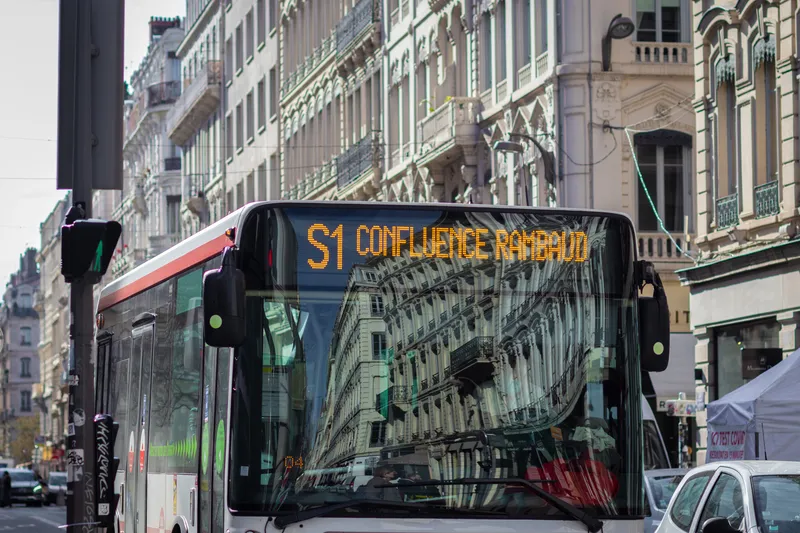In a bid to make the city congestion free by 2030, the Jakarta administration has pledged to make public transport the most used form of transportation in the city, and has allocated US$423 million in 2014 to develop the transportation system.
Plans include seven transit-oriented developments (TOD) across the capital region, a total of 38 bus corridors and 17 park-and-ride centres, all of which will be integrated into a city-wide public transport grid. The park and ride centres will enable motorcyclists
January 7, 2014
Read time: 2 mins
In a bid to make the city congestion free by 2030, the Jakarta administration has pledged to make public transport the most used form of transportation in the city, and has allocated US$423 million in 2014 to develop the transportation system.
Plans include seven transit-oriented developments (TOD) across the capital region, a total of 38 bus corridors and 17 park-and-ride centres, all of which will be integrated into a city-wide public transport grid. The park and ride centres will enable motorcyclists and cyclists to park their vehicles and continue their journey by train, mass rapid transit, light rail transit, monorail or bus.
The administration has also set budgeted US$382.89 million to procure 1,000 Transjakarta buses and 3,000 medium buses to improve the bus rapid transportation (BRT) system while construction of the MRT and monorail projects is completed.
According to the country’s Transportation Agency, only 13 per cent of the total 9.607 million daily commuters in Greater Jakarta had moved around using public transport in 2012. While Jakarta's road development has been growing at a slow rate of 0.1 per cent, the number of new vehicles on the city's roads continues to rise by 1.2 million annually. Jakarta currently has around 8.4 million vehicles on its roads, including 5.6 million motorcycles and 2.8 million cars.
Plans include seven transit-oriented developments (TOD) across the capital region, a total of 38 bus corridors and 17 park-and-ride centres, all of which will be integrated into a city-wide public transport grid. The park and ride centres will enable motorcyclists and cyclists to park their vehicles and continue their journey by train, mass rapid transit, light rail transit, monorail or bus.
The administration has also set budgeted US$382.89 million to procure 1,000 Transjakarta buses and 3,000 medium buses to improve the bus rapid transportation (BRT) system while construction of the MRT and monorail projects is completed.
According to the country’s Transportation Agency, only 13 per cent of the total 9.607 million daily commuters in Greater Jakarta had moved around using public transport in 2012. While Jakarta's road development has been growing at a slow rate of 0.1 per cent, the number of new vehicles on the city's roads continues to rise by 1.2 million annually. Jakarta currently has around 8.4 million vehicles on its roads, including 5.6 million motorcycles and 2.8 million cars.








